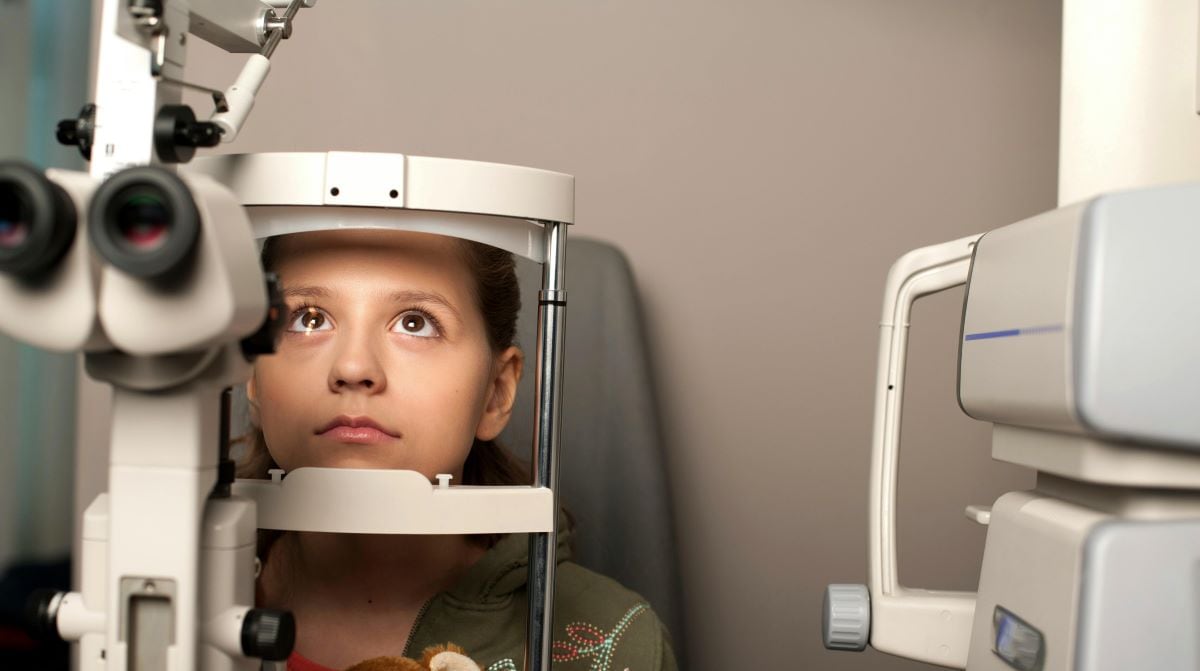Key points
- Conjunctivitis is caused by viruses, bacteria, allergens, contact lens use, chemicals, fungi, and certain diseases.
- Advise patients to remain home if they have viral or bacterial conjunctivitis with systemic signs of illness.
- Infected students should not attend school if they cannot avoid close contact with others.

Causes
- Adenoviruses (one of the most common causes)
- Rubella virus
- Rubeola (measles) virus
- Herpesviruses, including
- Herpes simplex virus
- Varicella-zoster virus (also causes chickenpox and shingles)
- Epstein-Barr virus (also causes infectious mononucleosis or mono)
- Herpes simplex virus
- Picornaviruses, such as coxsackievirus A24 and enterovirus 70 (which has caused outbreaks in other countries)
Many species of bacteria can cause bacterial conjunctivitis including:
- Haemophilus influenzae
- Streptococcus pneumoniae
- Moraxella catarrhalis
- Chlamydia trachomatis
- Staphylococcus aureus
- Moraxella lacunata
- Neisseria gonorrhea
- Neisseria meningitides
Allergic conjunctivitis is common in people who have other signs of allergic disease, such as hay fever, asthma, and eczema. It is caused by the body's reaction to certain substances and allergens like:
- Pollen from trees, plants, grasses, and weeds
- Dust mites
- Animal dander
- Molds
- Contact lenses and lens solution
- Cosmetics
How it spreads
Viral conjunctivitis is very contagious and mostly spread through hand-to-eye contact by hands or objects that are contaminated with the virus. Other ways include contact with:
- Infectious tears
- Eye discharge
- Fecal matter
- Respiratory discharge and large respiratory tract droplets
Bacterial conjunctivitis is very contagious and can spread from person to person in many ways. These include from:
- Hand-to-eye contact
- Contact of eye with contaminated objects
- Sexual encounters with eye to genital contact, or vertically from mother to baby
- Large respiratory tract droplets
Alternatively, changes in the usual bacteria that live on the conjunctiva can also cause conjunctivitis.
Allergic conjunctivitis is not contagious. It is common in people who have other signs of allergic disease, such as hay fever, asthma, and eczema.
Clinical features
Depending on the cause of viral conjunctivitis, some patients may have additional symptoms or conditions, such as the following:
- Respiratory infections like the common cold or flu.
- Pharyngoconjunctivial fever – a syndrome that can produce conjunctivitis as well as a fever and sore throat, and is most commonly caused by infection with adenovirus serotypes 3, 4, and 7.
- Epidemic keratoconjunctivitis (EKC) – a more severe type of conjunctivitis, commonly caused by infection with adenovirus serotypes 8, 19, and 37.
- Acute hemorrhagic conjunctivitis – a type of conjunctivitis that is often associated with large epidemics worldwide, especially in the tropical and subtropical regions. The viruses most commonly associated with it include enterovirus 70, coxsackievirus A24, and adenoviruses.
- Herpetic keratoconjunctivitis – a type of conjunctivitis associated with herpes simplex virus and blister-like lesions on the skin; it may affect only one eye.
- Rubella and rubeola (measles) – conjunctivitis can occur with these viral rash illnesses which are usually accompanied by rash, fever, and cough.
About EKC
Signs and symptoms of bacterial conjunctivitis overlap with other causes of conjunctivitis, including viral and allergic conjunctivitis, which can make diagnosis difficult.
Typical signs and symptoms include:
- Red eye
- Purulent discharge that causes eyelids to be matted together
- Chemosis
- Decreased vision
- Eyelid swelling and pain
Treatment and recovery
Most cases of acute, infectious conjunctivitis in adults are viral and self-limited; these cases do not require antimicrobial treatment. Antiviral medication may be used to treat more serious forms of conjunctivitis. This can include conjunctivitis caused by herpes simplex virus or varicella-zoster virus.
Contact lens wearers with bacterial conjunctivitis are at higher risk of bacterial keratitis. They should be asked to remove their contact lenses; treated with topical antibiotics; and promptly evaluated by an ophthalmologist.
Patient counseling
Advise patients to remain home if they have viral or bacterial conjunctivitis with systemic signs of illness, especially if they cannot avoid close contact with others. Patients may return to work or school if they receive clinician approval and after any indicated therapy is implemented.
Counsel patients with viral conjunctivitis to prevent transmission by washing hands frequently, using separate towels, and avoiding close contact with others.

